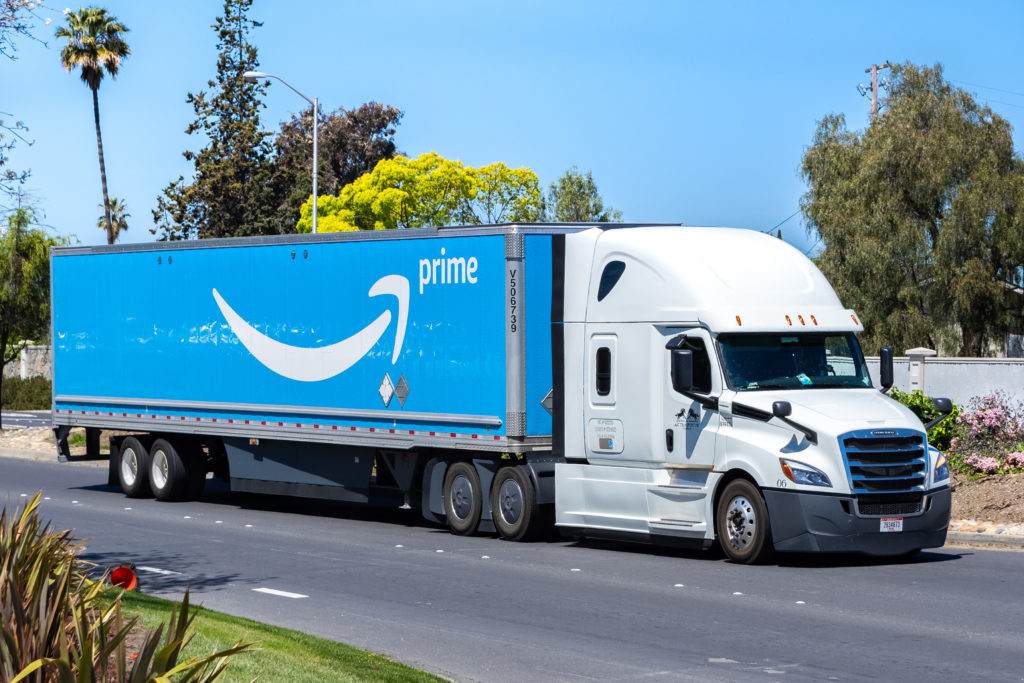
In the midst of the nationwide battle against COVID-19, our truck drivers are busier than ever ensuring we get our necessary medical and household supplies, food, and much more. Because of this, truck stops, along with state and federal associations, are doing what they can to help these truckers along the way.
Many restaurants have limited service to just drive-through and carry-out meals at the same time grocery stores are struggling to keep shelves stocked. Because of this, truckers have expressed their concerns regarding the challenges of finding accessible food while on the road.
In response, various travel center chains along particularly busy freight corridors are offering truck drivers free meals and parking while they make these important deliveries.
For example, The Nebraska Trucking Association has partnered with chains like Sapp Bros., Shoemaker’s Travel Center, and Bosselman Enterprises to implement a voucher program to provide free lunches for truckers working along Interstate 80–an expansive freight route between San Francisco and Teaneck, New Jersey.
“That is a long stretch of important corridor,” said association president, Kent Grisham, of Nebraska’s interstate. “Tens of thousands of trucks are traveling our state every day. We take that responsibility very seriously. We need to take care of the drivers. They’re part of the truck driving community. If [you’re] a driver, here’s your free lunch.”
Grisham explained that truckers are often working along the more than 450 miles of I-80 that spread across Nebraska, and that many Nebraska Trucking Association members, who had previously agreed to sponsor the association’s spring conference, decided to donate their money instead to the free lunch program when COVID-19 caused the cancellation of the event.
Sapp Bros. also decided to provide free parking at each of its 17 locations between Utah and Pennsylvania–also along I-80.
“All truck parking is free for now,” said the company on its website. “We remain open at all locations to serve you. Thank you, drivers!”
The company said its restaurants would stay open for however long governments allow. It will also boost all sanitizing methods around food contact surfaces, soda fountains, and other areas of interaction. Employees must also wear gloves whenever handling food and money. The company has discontinued the use of refillable cups and mugs and is bleaching showers after every single use.
Additionally, The Iowa Truck Association has provided 2,000 free boxed lunches for truckers at two weigh-in stations on I-80–the Jasper County Scale and the Dallas County Scale–over a two-day period. The association used a drive-through setup in order to comply with CDC guidelines.
“We want to show our appreciation to the professional men and women that are playing a critically important role as the COVID-19 pandemic unfolds,” said Iowa Motor Truck Association president and CEO, Brenda Neville. “We believe that providing a boxed lunched seemed to be the best way to achieve that goal, since getting food on the road has become a bit more difficult in the current situation.”
The association also ordered these lunches from restaurants that had to shut down operations due to the virus. Neville explained that she wants to continue working with other state transportation officials in finding other ways to serve more areas around Iowa.
“We’re very appreciative of folks that are stepping up and helping, especially right now in these challenging times,” Neville said. “Our main objective was to do something for the drivers that we thought would be impactful. It was something that we felt was a really appropriate way to show our appreciation.”
The Quail Creek Fire Department in Little Rock, Arkansas has also been offering free hot meals to truckers off of Interstate 530. In Jackson, Tennessee, locals offered sandwiches and chips to drivers on Interstate 40. A group of volunteers (and barbecue aficionados) in the Texas panhandle served brisket, ribs, pulled pork, beans, potato salad, and homemade roles to truckers in the area.
On top of these acts of gratitude, the federal government has also allowed states to operate food trucks in rest areas in order to help feed truckers.
On April 3rd, the Federal Highway Administration announced it would suspend enforcement measures in its Federal-aid Highway Program to allow states to decide whether or not they would permit commercial food trucks to sell food in designated, federally funded rest areas.
“America’s commercial truck drivers are working day and night during this pandemic to ensure critical relief supplies are being delivered to our communities,” said Nicole Nason, FHWA Administrator. “I am grateful to our state transportation partners for bringing this idea to the Department, and for their leadership in thinking outside the box. It is critical to make sure truck drivers continue to have access to food services while they’re on the job serving our nation during thee challenging times.”
The Arkansas Department of Transportation has already announced it would give temporary permits for certified food truck operators to serve truckers at two rest stops–the eastbound and westbound exits at Social Hill rest area on I-30, and the eastbound and westbound exits and Big Piney rest area on I-40.




